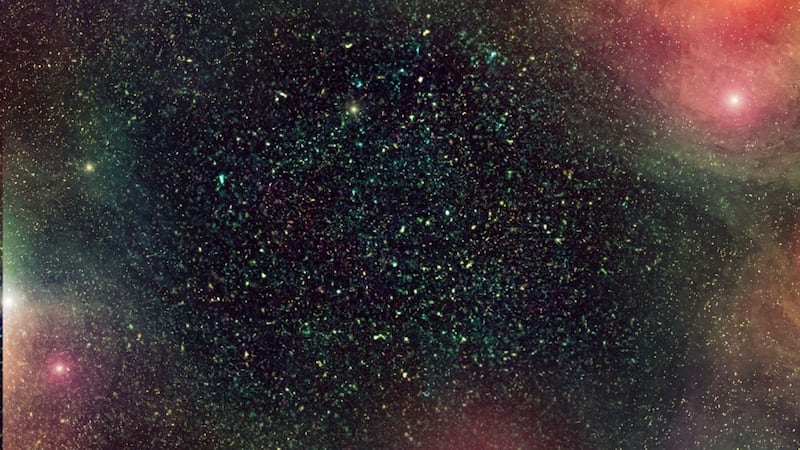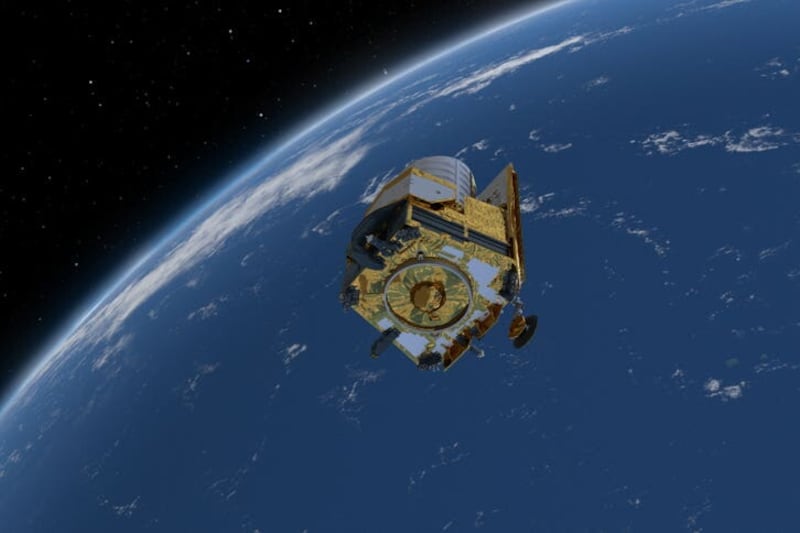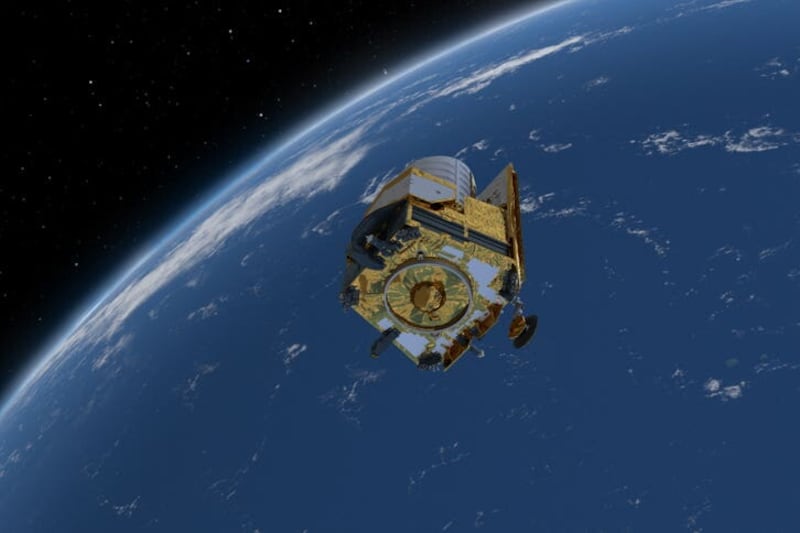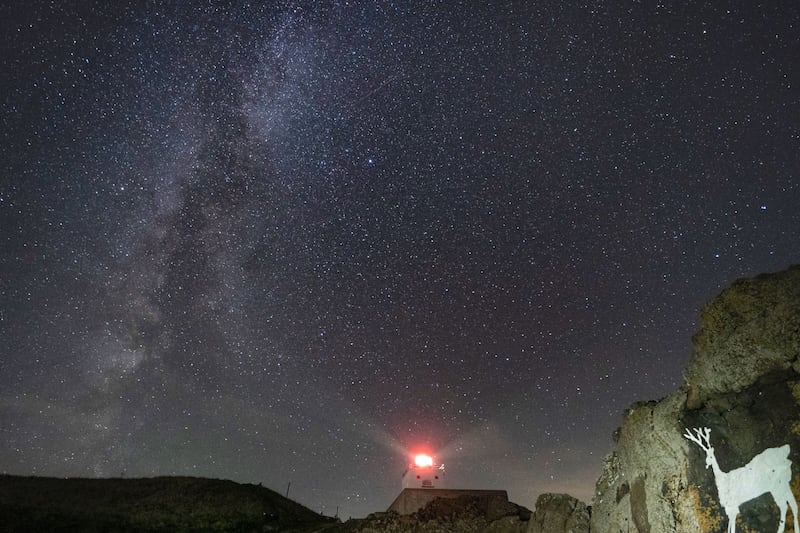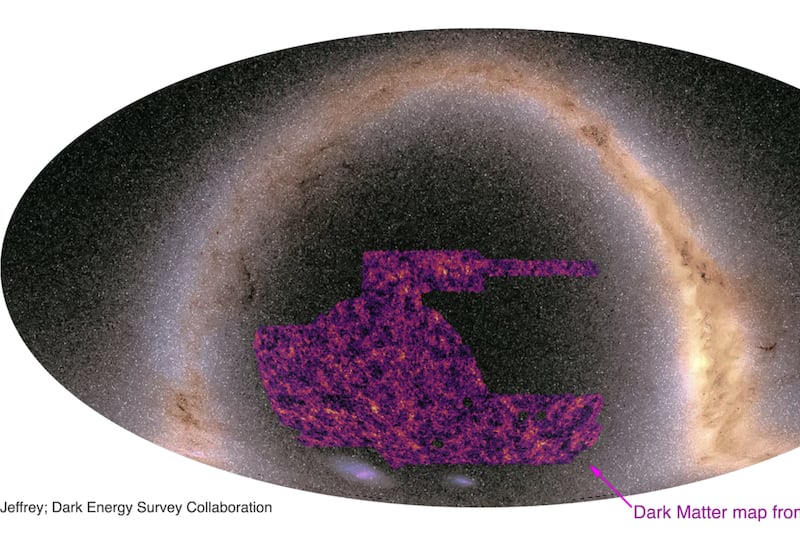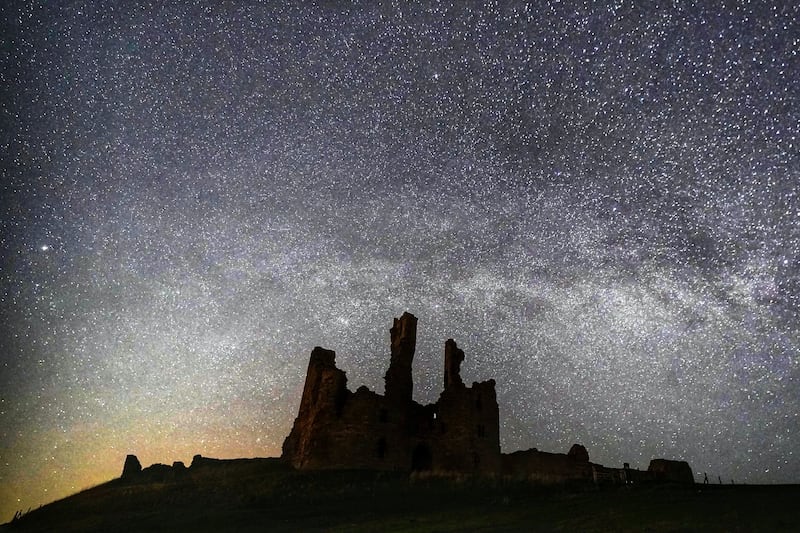Scientists have created computer simulations of events that may have happened after the Big Bang to better understand how stars are being formed.
Researchers say they now have “the clearest picture yet” of massive explosions that controlled the creation of galaxies and continue to influence star formation.
Using the Curie supercomputer in France, scientists at the University of Edinburgh created computer simulations of the dark matter, hydrogen and helium formed post-Big Bang – all key elements of galaxy formation.
They compared these with measurements of the amount of hydrogen that surrounds galaxies.
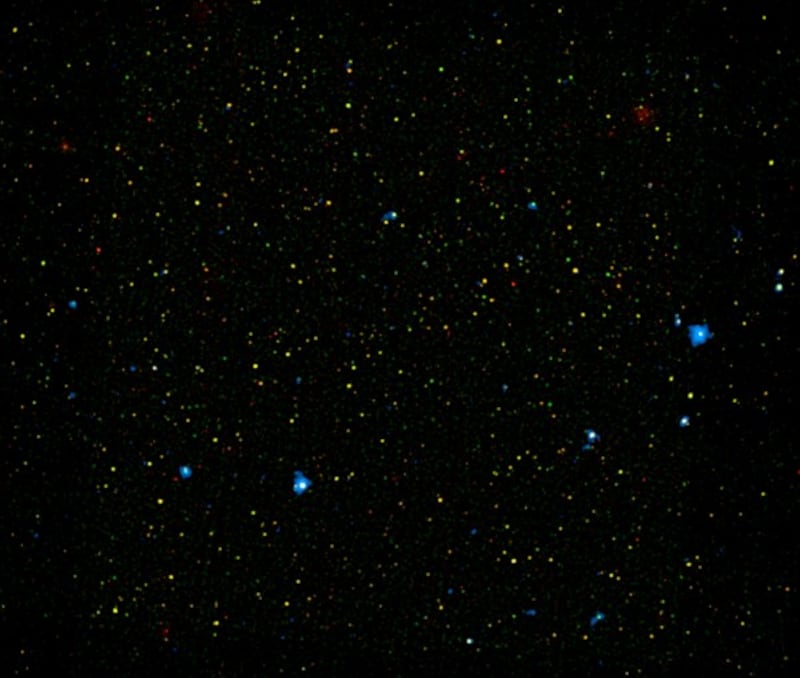
The findings are said to confirm a long-held theory about the after-effects of the explosions called supernovae and how they slow down the formation process.
The researchers say supernovae trigger powerful gusts of wind that slow the rate at which gas needed to make new stars pours into developing galaxies.
Professor Avery Meiksin, of Edinburgh University’s School of Physics and Astronomy, who led the study, said: “Our simulations provide highly-accurate descriptions of the properties of dark matter and gas found between galaxies.
“Understanding how galaxies form presents new challenges because the physical processes involved are much more complex. Our results suggest we are on the right track.”
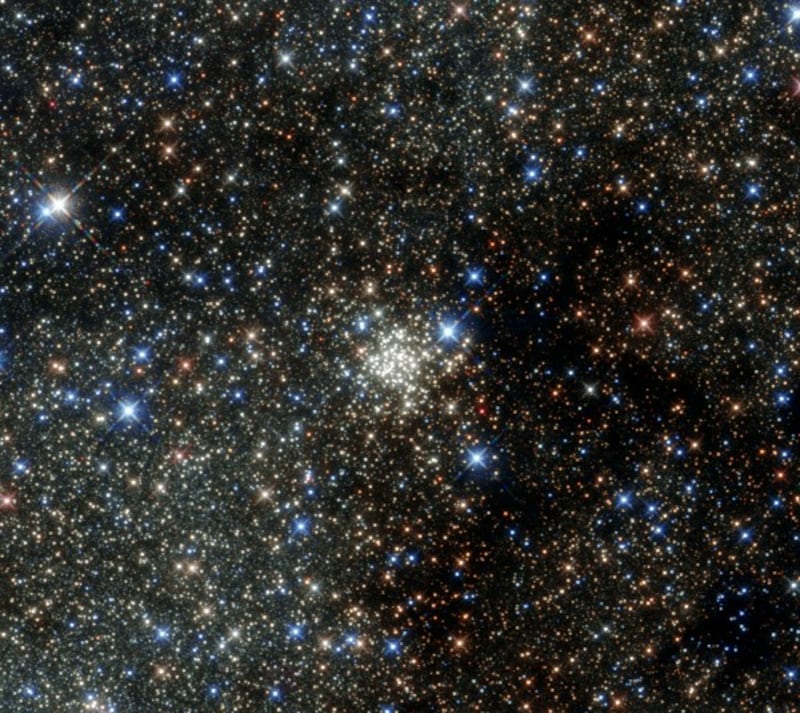
However, the simulations were unable to reproduce the amount of hydrogen around the most massive galaxies, which contain the most energetic objects in the universe.
These objects, known as quasars, are powered by black holes as massive as a billion suns and can emit 100 times the combined luminosity of the entire Milky Way.
The team suggests quasars may have an even greater influence than supernovae on new star formation by producing enormous jets of hot gas fuelled by black holes.
The study is published in the journal Monthly Notices of the Royal Astronomical Society by Oxford University Press.
